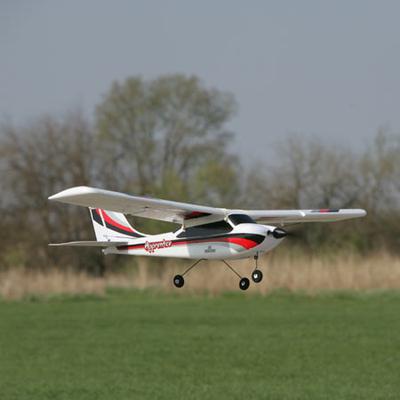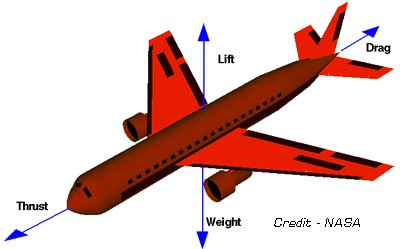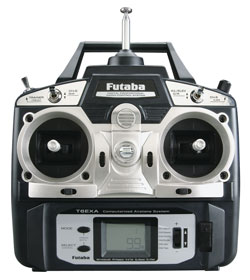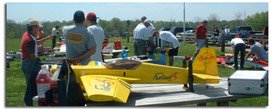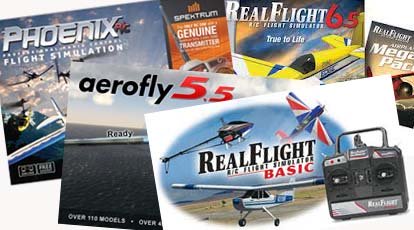Sig Manufacturing, Kadet Senior, ARF and KIT
by Michael Leys
(Dubbo, New South Wales, Australia)
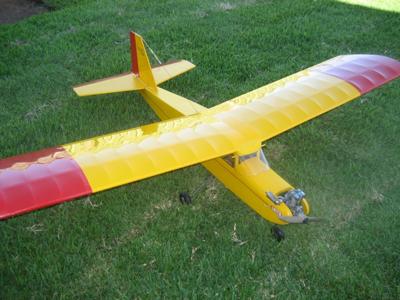
My latest Kadet Senior with its Saito FA62
My first trainer was a flop. It was fast, nimble and great fun for my teacher to fly. For me it was all wrong.
There are two types of beginners - those who belong to "the joystick generation" and those born before them. I was in the older group.
My first trainer would have been fine for someone under the age of 20 or so, but I was over forty. I did not find my perfect trainer until a couple of years later.
The Kit version of the Sig Kadet Senior.
My original one was kit built and since then I have built 7 Kadets of various types. But my favorite remains the original Kit version.
I also have the ARF version with its ailerons and extra two inches of wingspan. And I have the smaller LT 40 and the Seniorita. But for me, the absolute best trainer for the older learner is the kit version of the Kadet Senior.
So why?
1. It was designed as a trainer. It is not a high wing sports model.
2. It has lots of dihedral for stability. This thing will just about land its self.
3. It does not need a large engine. I like to use 50 to 60 size four strokes. And it is economical to run.
4. The full size plan allows you to very easily duplicate any parts you may damage. It is long lasting. My first is now over 16 years old and still going strong.
5. It flies slowly. This gives the novice time to make mistakes and then time to correct them. If you have some height, just let go and it will sort its self out for you and return to level flight.
6. It is fairly large. Cover it in yellow and you can see it forever.
7. It can fly in any weather but as it has no ailerons, it is best to take off and land directly into the wind.
8. It is relaxing to fly. It knows how to fly better than you do.
9. It loves four stroke engines. Their ability to work at mid revs is perfect for the Kadet.
10. And finally - it is fun. It is surprisingly agile for such a simple design and it is fun trying to get it to do things it was simply not designed to do like inverted flight. Or fly off water.
Why not?
1. It is large and may not fit in all vehicles but then there is the Seniorita or the LT 25 and 40 which fly almost as well.
2. It is a kit. You have to get the knives and glue out and build it. It is not particularly hard and the book is excellent. If you take your time, you will get there. There is always the ARF version.
3. It flies like a trainer should. Docile and slow to react but these are also its strengths.
4. It is slow. Very slow if you want. If you have the need for speed, this plane is not for you.
In summary. The Kadet Senior is an ideal trainer. Slow, stable and will get you taking off and landing faster than just about anything else. But it is not a speed demon and will not win any aerobatic contests. Keep it light and enjoy real "on the wing" flying.
The ARF version is almost as good but does not have quite the stability of the kit version. It does, however, have greater aerobatic possibilities with its ailerons.
Mine has a Saito 65.
